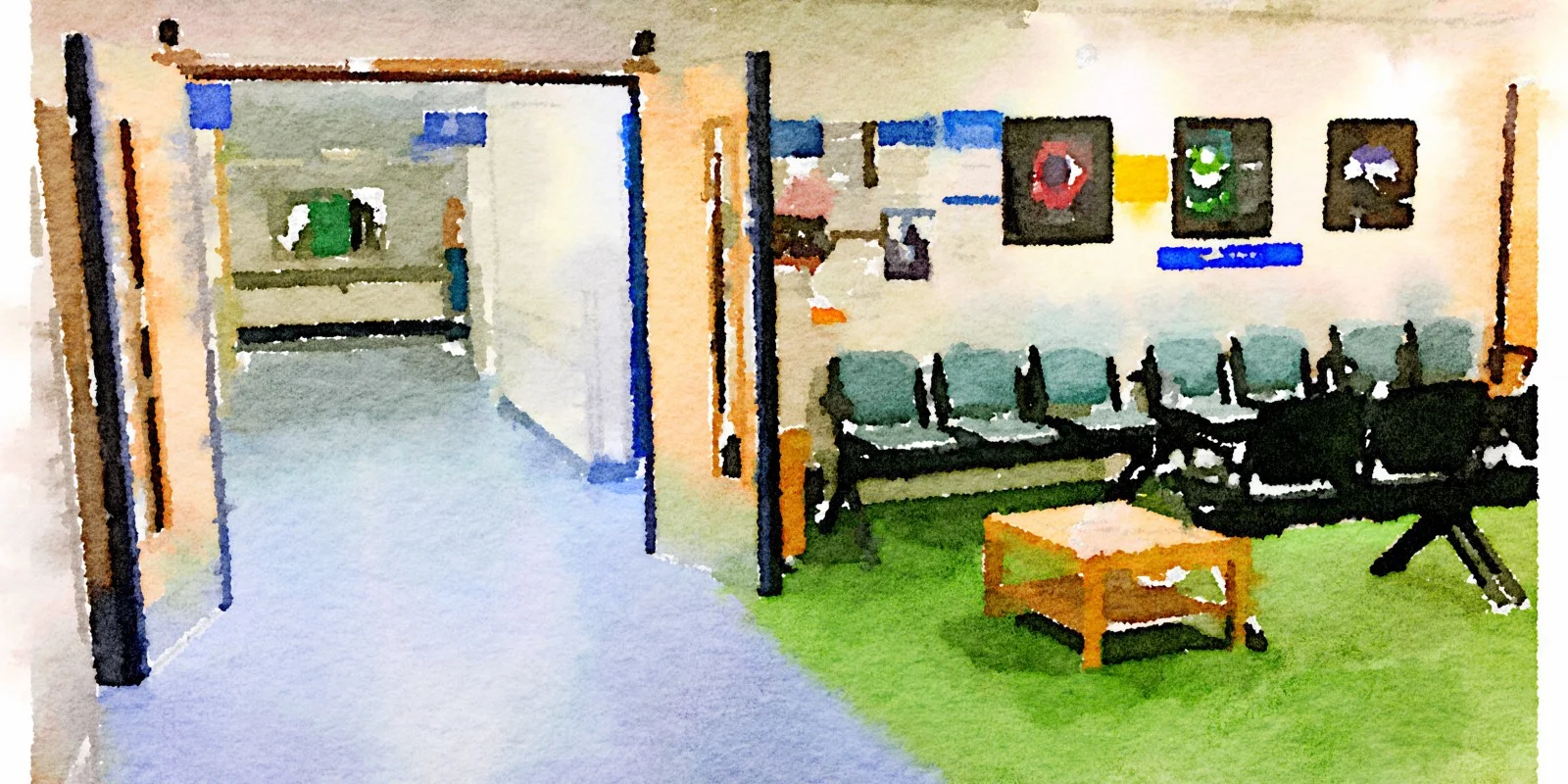
Back in my freshman year of college, I was snowboarding down the granite hills of New Hampshire when I took a nasty spill just meters away from the base of the slope. Once my body stopped tumbling in the snow, I took a deep breath and wiggled my toes; all good on that end. But when I tried to sit up, my right arm buckled beneath me. I raised my limb before my eyes and felt a shock of horror upon discovering that my forearm had snapped at a right angle.
The next several hours went by in a blur. An ambulance came by whisk me away, and a paramedic wanted to place a peripheral intravenous access in my arm in case they needed to give me some fluid or pain medications. Being deathly afraid of needles, I asked whether this was necessary, and the paramedic nodded. I winced as they fished around for my veins en route to Dartmouth-Hitchcock Medical Center. There, I was quickly evaluated and sent to the operating room with two orthopedic surgeons. Following my operation, I woke up groggily with two new titanium plates, fourteen screws, and a sore throat. I asked the nurse for some water. He informed me that because I had only recently woken up from anesthesia, I was at a high risk for choking and spooned a few ice chips in my mouth. When I asked for more, he told me no.
The next time I woke up was at 6 AM to the sound of an orthopedic resident coming to examine my arm. Then at 6:30 AM, a nurse shook me awake to draw my blood for morning labs. At 8 AM, a financial coordinator knocked on my door to discuss medical bills. Finally, at 9 AM, a pharmacist prodded me to provide proper precautions for the pain pills that I’d be prescribed. After my friends picked me up from the hospital, I returned to my dorm room with a giant jug of water and slept a good sixteen hours, uninterrupted.
In exchange for their care and expertise in the hospital, physicians expect patient to give them their trust as well as a certain degree of their autonomy; that’s why patients tolerate being woken up for blood draws, waiting an interminable length of time to get their questions answered by the medical team, or going without food and water for hours. From the care providers’ perspective, so many of the things that they do to patients seem like minor inconveniences in the overall picture of their treatment, but they are indignities, nonetheless. And unless physicians are unfortunate enough to become patients themselves, they may never experience the small indignities that their patients undergo.
Despite my continuing fear of needles, the next time that I had a peripheral IV line placed was actually of my own volition as a medical student. Stanford University offered a unique orientation curriculum that included opportunities for their medical students to perform basic procedures on each other. None of us were required to participate, but we were egged on by positive peer pressure and a green eagerness to finally learn a practical medical skill. We gave each other flu shots and drew each other’s blood, and with each failed venipuncture and flashes of discomfort, we would acquaint ourselves with the small doses of pain that our patients would experience and the uncomfortable fact that discomfort was inextricably linked with our medical interventions.
Later in our medical training, a month before seeing patients as third-year students, we had the opportunity to perform more involved procedures, such as placing plaster casts and placing painful arterial lines on each other. For the most masochistic among us, we were also given the option of putting in a nasogastric tube through our own noses and into our stomachs. I skipped out on this particular procedure and elected to watch uneasily as my classmates threaded the tube down their esophagus while they suppressed their own gag reflex.
“But why?” I asked my friend who gently tugged the mucus-covered nasogastric tube out of his body.
He wiped his eyes, blew his nose, and shrugged, “I just wanted to know what it feels like.”
Later on, I learned that this sort of experiential learning was unique to my school. Many of the fourth years and beginning residents from other schools had never placed an IV line during their training.
Doctors and other health care providers who find themselves admitted to the hospital could find a silver lining in the cloud by observing how the procedures and processes that we, as providers, take for granted can affect patient comfort. We ought to take note of the frustrations and the inefficiencies of medicine, and consider the systemic processes that we could improve upon. We could take these observations back to our own practice and in advocating for changes at the level of our hospitals.
And in lieu of mandating that all physicians be admitted to the hospital at some point in their training, medical schools and residency programs should be required to offer opportunities for trainees to undergo minor procedures on themselves in a supervised setting and to reflect on their experience. Having been a patient previously, I always make sure to consider patient comfort whenever I present my plans to my senior resident or attending. No medical intervention is entirely benign, so I think about whether an extra blood draw or an imaging study would change medical management or whether a procedure or treatment would alter the course of my patient’s disease. In short, I aim to minimize my intrusions as much as is reasonable.
Therefore, giving physicians and students space to experience medical discomfort will give them first-hand understanding of what their patients feel, and doing so will allow them to practice with greater empathy by prompting physicians to place themselves in their patients’ non-slip socks.
Yoo Jung Kim is a medical student at Stanford University and author of What Every Science Student Should Know (University of Chicago Press). Her articles have appeared in the Washington Post, The Mercury News, The Seattle Times, and KevinMD. She is a 2018–2019 Doximity Author.







